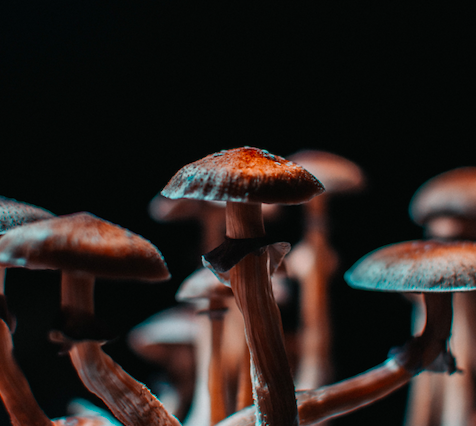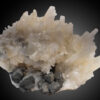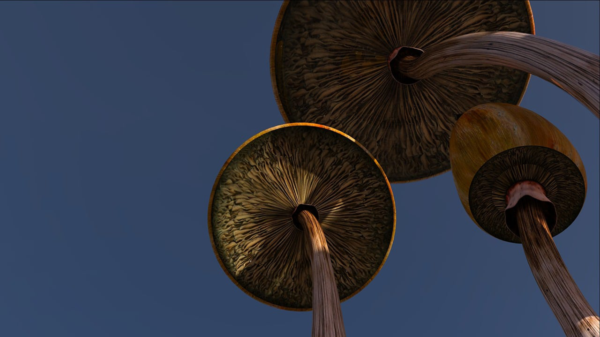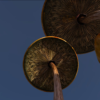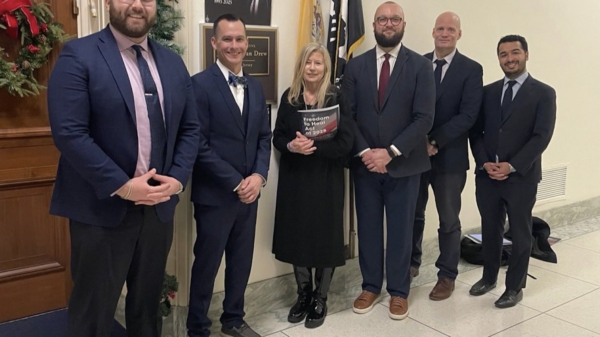The world is in pain. Well, 20% of it anyway. Globally, it is estimated that one in five adults suffer from pain, and one in ten are diagnosed with chronic pain each year. As sufferers can attest, persistent pain can lead to a whole host of psychological problems. These can include depression, the inability to perform at work, strain on social relationships, and anxious thoughts.
The four biggest culprits of chronic pain are cancer, osteoarthritis and rheumatoid arthritis, operations and injuries, and spine problems. Short of aggressive treatments such as surgery or heavy-duty painkillers, there are a few unconventional treatments such as alternative pain relievers like psychedelics.
History of psychedelics in medicine
Psychedelics like LSD (lysergic acid diethylamide), DMT (dimethyltryptamine), and magic mushrooms (psilocybin) interact primarily with the serotonin receptors in our brains, influencing mood, perception, and cognition. These compounds can alter neural pathways and allow the brain to form new connections. This can help reset dysfunctional pain receptors and can provide relief from chronic pain.
For thousands of years, indigenous cultures have utilized psychedelic plants like peyote, ayahuasca, and psilocybin mushrooms in many traditional rituals. By acting on the serotonin receptors, psychedelics directly influence moods, perceptions, and mental cognition.
Historically, ancient cultures used psychedelics to treat various ailments such as depression, anxiety, post-traumatic stress disorder (PTSD), and chronic pain. It wasn’t until the 20th century that the Western medical community, particularly those in psychiatry and neuroscience, started to explore substances like LSD and psilocybin for their potential therapeutic benefits, especially in treating end-of-life psychological distress, depression, anxiety, and overall mental health.
However, like many mind-altering substances, the potential for abuse was high and in the 1960s, public and political pressure led to the criminalization of such substances, stonewalling scientific progress for decades. Both psilocybin and LSD currently classify as Schedule I substances, meaning they have a high potential for abuse and no medical purpose. Other Schedule I drugs include heroin and ecstasy (methylenedioxymethamphetamine).
Read more: U.S. invests millions in psychedelics research to treat chronic pain in older adults
Read more: Utah governor allows psychedelics pilot program without signature
Current research and clinical trials
Recently, there has been a resurgence of interest in using psychedelics in medicine. Several research papers have been released showing a direct link between using psychedelics such as LSD and psilocybin for the treatment of headaches and chronic pain disorders.
In addition, the current evidence shows promising results on the efficacy and safety in patients with cancer-related pain and distress as well as palliative-related pain. Psychedelics also have a more favorable safety profile and less addictive potential compared to other painkillers such as opioids.
Research by Joel P. Castellanos, MD, from the University of San Diego, California, showed that the mind-altering qualities of psychedelics might “reset” areas of functional connectivity in the brain. This could help reverse changes in neural connections seen in chronic pain sufferers.
Psychedelics are not just under scrutiny for helping with chronic pain. They are also being studied as a potential treatment for several mental health disorders such as depression, anxiety, alcohol use disorder (AUD), and anorexia nervosa.
Legalities of psychedelics
Although psychedelics such as LSD and psilocybin are federally illegal, certain cities and states have opted to decriminalize them. For example, Denver became the first city to do so in 2019. Meanwhile, Oregon legalized them for therapeutic use in 2020 under the Oregon Ballot Measure 109.
The ballot specified extensive restrictions for psilocybin production including manufacturing requirements, licensing, extraction processes, and mandatory testing for purity and potency. The Oregon legislators also created an advisory board. That board provides recommendations for training, administration, and communication of risks and benefits to clients. Psilocybin use is also restricted to licensed facilities with trained counselors.
Other cities and states that decriminalized psilocybin include Oakland, Santa Cruz, the District of Columbia, Cambridge, and Northampton. However, at the federal level, psychedelics like LSD and psilocybin remain Schedule I narcotics. They are considered a high addiction risk with little to no medical value.

